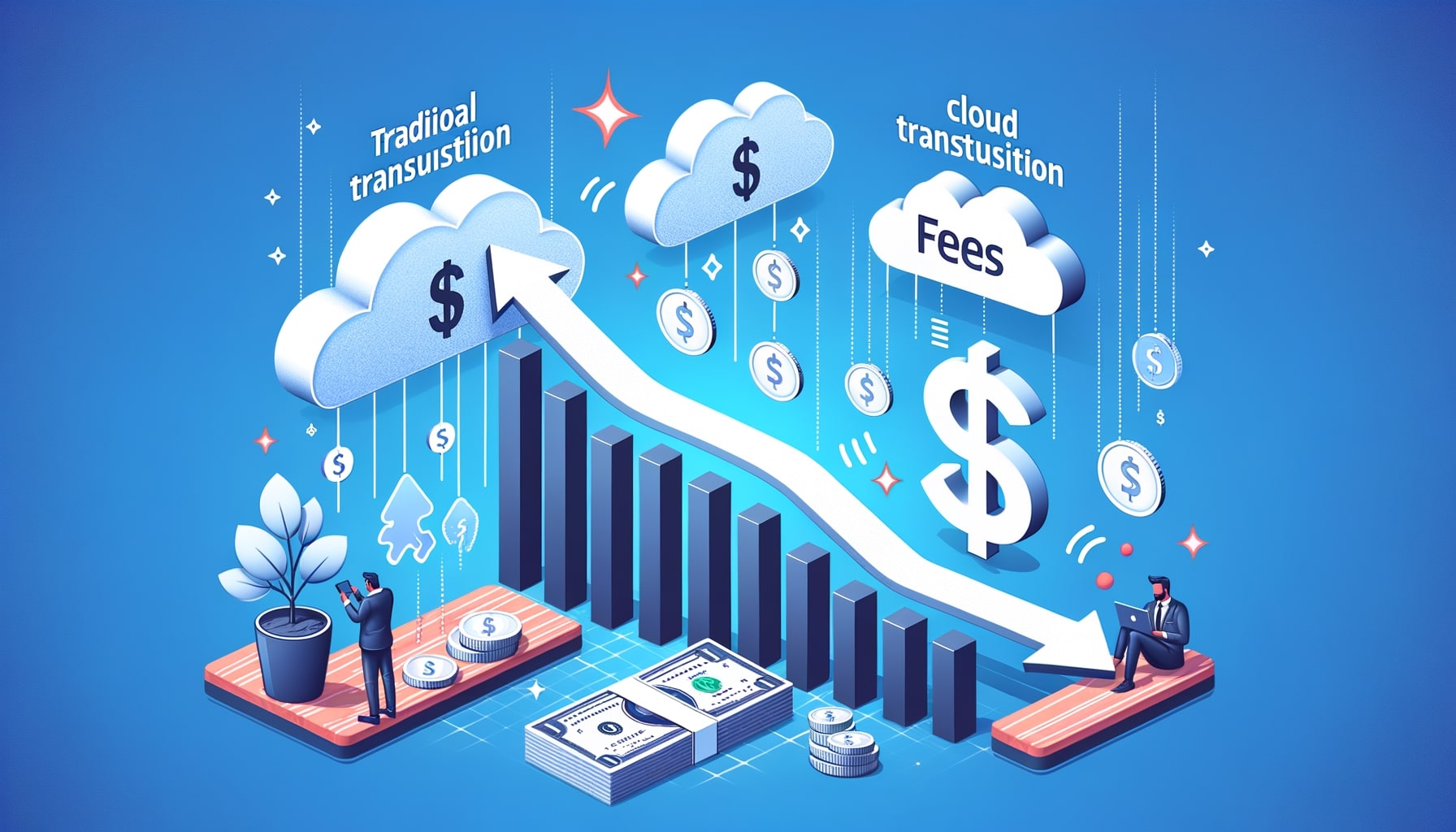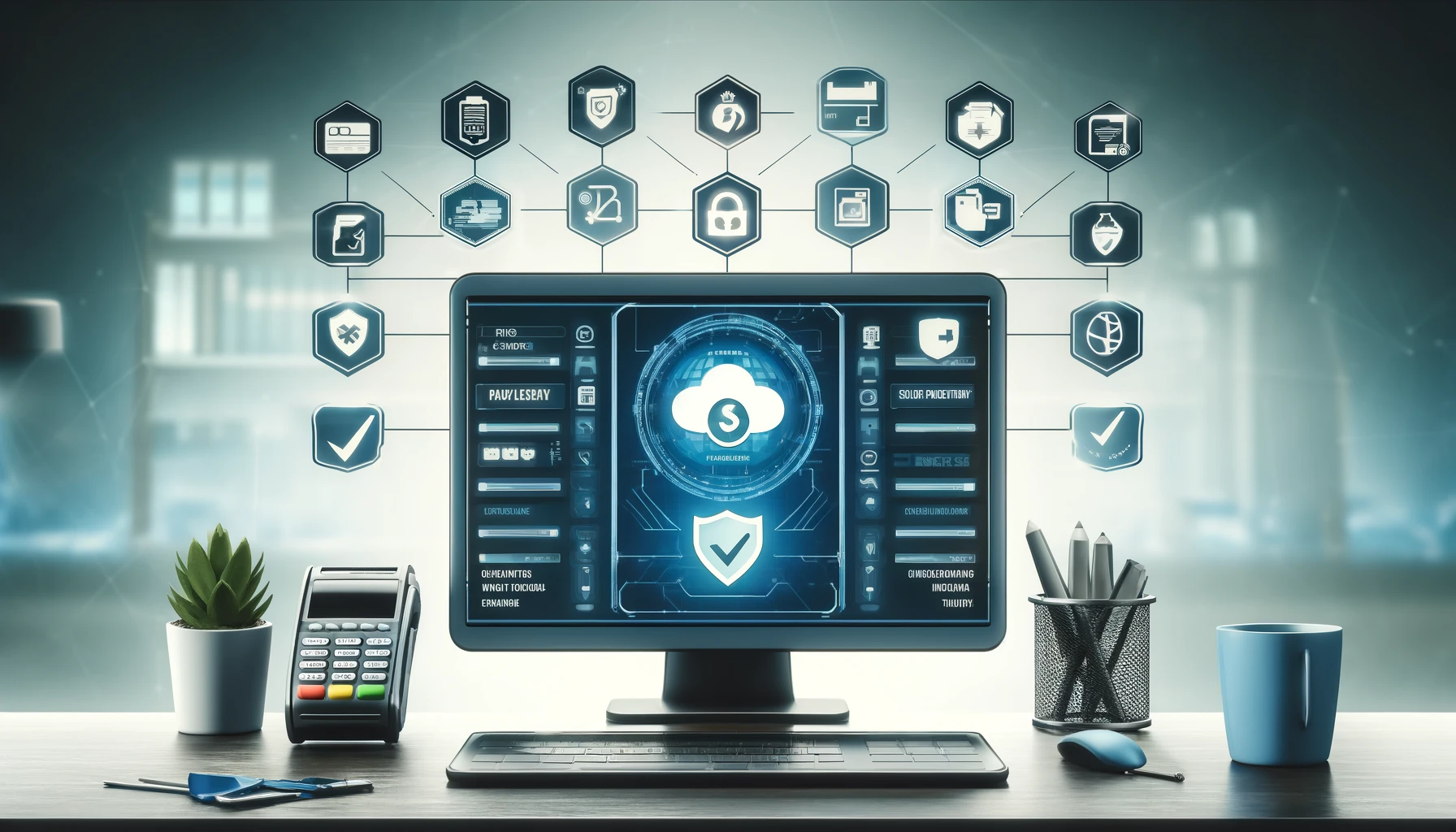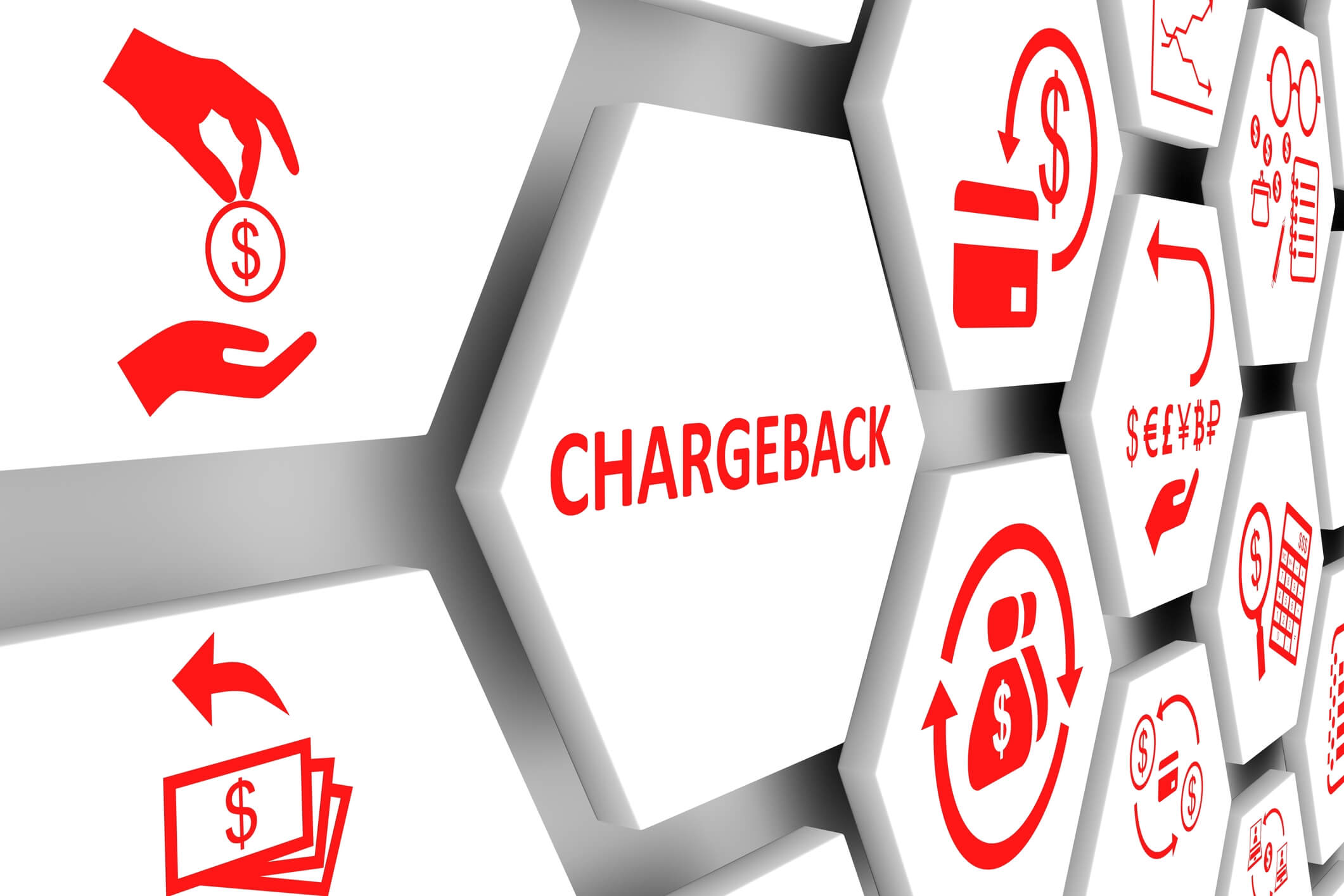Understanding Chargebacks in Cloud Payment Systems
In today’s digital age, cloud payment systems have revolutionized the way we conduct transactions. These systems provide convenience and efficiency, allowing businesses and consumers to make payments seamlessly. However, with the rise of online transactions, the occurrence of chargebacks has also increased. Understanding chargebacks in cloud payment systems is crucial for both merchants and consumers to navigate the complexities of this process effectively.
How Cloud Payment Systems Work

Before delving into chargebacks, it is essential to understand how cloud payment systems operate. Cloud payment systems utilize cloud computing technology to process and store payment information securely. When a customer makes a purchase, their payment details are encrypted and transmitted to the cloud payment system’s server. The server then verifies the transaction and sends an authorization request to the customer’s bank. If the bank approves the transaction, the payment is processed, and the funds are transferred to the merchant’s account.
Understanding Chargebacks: Definition and Process
A chargeback occurs when a customer disputes a transaction and requests a refund from their bank. This process allows consumers to protect themselves from fraudulent or unauthorized transactions. When a chargeback is initiated, the funds are withdrawn from the merchant’s account and returned to the customer. The merchant is then required to provide evidence to dispute the chargeback and potentially recover the funds.
The chargeback process typically involves several steps. First, the customer contacts their bank to initiate the chargeback. The bank then investigates the claim and may request additional information from the customer and the merchant. If the bank determines that the chargeback is valid, the funds are returned to the customer. However, if the merchant successfully disputes the chargeback, the funds may be returned to the merchant.
Common Reasons for Chargebacks in Cloud Payment Systems
Chargebacks can occur for various reasons in cloud payment systems. Some of the common reasons include:
- Fraudulent Transactions: One of the primary reasons for chargebacks is fraudulent transactions. If a customer’s payment information is stolen or used without their consent, they may initiate a chargeback to recover their funds.
- Unauthorized Transactions: Similar to fraudulent transactions, unauthorized transactions occur when a customer’s payment information is used without their permission. This can happen due to stolen credit card details or identity theft.
- Dissatisfaction with Product or Service: Customers may also initiate chargebacks if they are dissatisfied with the product or service they received. This can include receiving damaged goods, poor customer service, or not receiving the product as described.
- Technical Issues: Technical issues during the payment process can also lead to chargebacks. For example, if a customer is charged multiple times for a single transaction due to a glitch in the system, they may request a chargeback.
- Subscription Cancellations: In subscription-based services, customers may request chargebacks if they cancel their subscription but continue to be charged. This can occur if the cancellation process is not properly executed or if the customer is unaware of the cancellation terms.
Impact of Chargebacks on Merchants and Consumers
Chargebacks can have significant impacts on both merchants and consumers. For merchants, chargebacks can result in financial losses, increased operational costs, and damage to their reputation. When a chargeback is initiated, the funds are withdrawn from the merchant’s account, and they may be required to pay additional fees or penalties. Moreover, excessive chargebacks can lead to the termination of their merchant account or restrictions on their ability to accept payments.
For consumers, chargebacks provide a layer of protection against fraudulent or unsatisfactory transactions. Chargebacks allow consumers to recover their funds and discourage merchants from engaging in fraudulent or unethical practices. However, excessive chargebacks can also have negative consequences for consumers. Banks may increase fees or limit the availability of chargebacks if a customer has a history of excessive claims.
Preventing Chargebacks in Cloud Payment Systems: Best Practices
While chargebacks are an inherent part of the payment process, there are several best practices that merchants can implement to prevent them. These include:
- Clear Communication: Merchants should ensure that their product descriptions, terms of service, and refund policies are clearly communicated to customers. Providing detailed information can help manage customer expectations and reduce the likelihood of chargebacks due to dissatisfaction.
- Robust Fraud Detection Systems: Implementing robust fraud detection systems can help identify and prevent fraudulent transactions. Merchants can utilize tools such as address verification systems, card verification codes, and IP geolocation to detect suspicious activities.
- Secure Payment Processing: Merchants should prioritize the security of their payment processing systems. Utilizing encryption technology, tokenization, and secure socket layer (SSL) certificates can help protect customer payment information and reduce the risk of data breaches.
- Excellent Customer Service: Providing excellent customer service can go a long way in preventing chargebacks. Promptly addressing customer concerns, offering refunds or replacements when necessary, and maintaining open lines of communication can help resolve issues before they escalate to chargebacks.
- Transparent Billing: Merchants should ensure that their billing practices are transparent and clearly communicated to customers. Clearly stating the billing frequency, cancellation policies, and any additional charges can help prevent chargebacks due to confusion or misunderstanding.
Chargeback Dispute Resolution: Steps and Strategies
When a chargeback is initiated, merchants have the opportunity to dispute the claim and potentially recover the funds. The chargeback dispute resolution process typically involves several steps:
- Gather Evidence: Merchants should gather all relevant evidence to support their case. This can include order details, shipping information, customer communication, and any other documentation that proves the validity of the transaction.
- Respond to the Chargeback: Merchants should promptly respond to the chargeback notification and provide all necessary documentation to support their case. It is crucial to meet the specified deadlines to ensure the dispute is considered.
- Communicate with the Customer: Engaging in open and respectful communication with the customer can help resolve the issue without escalating it to a chargeback. Addressing their concerns, offering refunds or replacements, or providing additional information can potentially prevent the chargeback from proceeding.
- Follow Dispute Resolution Procedures: Each payment processor or bank may have specific dispute resolution procedures that merchants must follow. It is essential to familiarize oneself with these procedures and adhere to them to increase the chances of a successful dispute.
- Seek Professional Assistance: In complex cases or situations where merchants lack the expertise or resources to handle chargeback disputes, seeking professional assistance can be beneficial. Chargeback management services or consultants can provide guidance and support throughout the dispute resolution process.
Chargeback Management Tools and Services in Cloud Payment Systems
To assist merchants in managing chargebacks effectively, various tools and services are available in cloud payment systems. These tools and services offer features such as real-time monitoring, fraud detection, dispute management, and analytics. Some popular chargeback management tools and services include:
- Chargeback Alerts: These tools provide real-time notifications when a chargeback is initiated, allowing merchants to respond promptly and gather the necessary evidence.
- Fraud Detection Systems: Advanced fraud detection systems utilize machine learning algorithms and artificial intelligence to identify suspicious transactions and prevent fraudulent chargebacks.
- Dispute Management Platforms: These platforms streamline the chargeback dispute resolution process by providing a centralized dashboard to manage and track disputes. They often offer features such as automated responses, evidence management, and reporting.
- Analytics and Reporting: Analytics tools provide merchants with insights into chargeback trends, allowing them to identify patterns and take proactive measures to prevent future chargebacks.
- Chargeback Representment Services: In cases where merchants lack the resources or expertise to handle chargeback disputes, chargeback representment services can take over the process on their behalf. These services specialize in gathering evidence, preparing dispute responses, and representing merchants during the dispute resolution process.
Frequently Asked Questions (FAQs) about Chargebacks in Cloud Payment Systems
Q.1: What is the difference between a chargeback and a refund?
A chargeback is initiated by the customer and involves the bank withdrawing funds from the merchant’s account. A refund, on the other hand, is initiated by the merchant and involves returning funds directly to the customer.
Q.2: Can chargebacks be prevented entirely?
While it is not possible to prevent chargebacks entirely, implementing best practices such as clear communication, robust fraud detection systems, and excellent customer service can significantly reduce their occurrence.
Q.3: How long does the chargeback process take?
The chargeback process can vary in duration depending on several factors, including the complexity of the dispute and the responsiveness of the parties involved. On average, the process can take anywhere from a few weeks to several months.
Q.4: Can merchants recover funds after a chargeback is initiated?
Merchants have the opportunity to dispute chargebacks and potentially recover the funds. However, the success of the dispute depends on the evidence provided and the decision of the bank or payment processor.
Q.5: Are there any penalties for excessive chargebacks?
Excessive chargebacks can result in penalties for merchants, including increased fees, restrictions on payment processing capabilities, or the termination of their merchant account.
Conclusion
Understanding chargebacks in cloud payment systems is crucial for both merchants and consumers to navigate the complexities of online transactions effectively. By comprehending how cloud payment systems work, the definition and process of chargebacks, common reasons for chargebacks, and their impact on merchants and consumers, stakeholders can take proactive measures to prevent chargebacks.
Implementing best practices, utilizing chargeback management tools and services, and following dispute resolution procedures can help merchants minimize financial losses and maintain a positive reputation. By fostering transparency, providing excellent customer service, and prioritizing security, merchants can create a seamless payment experience while mitigating the risks associated with chargebacks.










